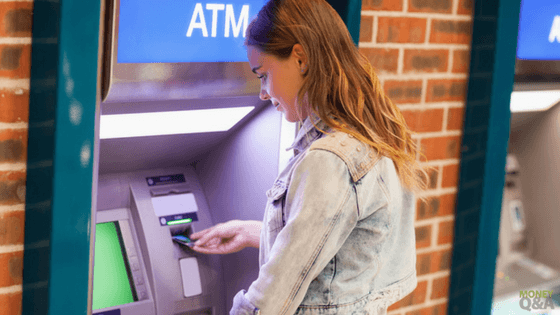
The coronavirus outbreak has affected normal routines and ways of life all around the globe. Some countries have been hit worse than others, but everyone shares the same fears over the future of the economy and how to recover from the pandemic that has claimed hundreds of lives each day from the different parts of the world. And, it has affected banking during covid-19.
Within the United States, the administration is working hard to make sure the financial systems stay strong in spite of the fear. In spite of the fluctuations with the stock market, the U.S. is still in strong economic shape and financial operations continue as normal.
Is There a New Normal?
In light of the COVID-19 pandemic, the nation’s administration and economic experts are calling on all industries to rethink standard operations and practices and adjust according to the need of the situation. With so many people facing unemployment, business closures, or lost wages because of the social distancing protocols and preventative measures in place, there is a dangerous unknown facing the financial stability of many American families.
Rather than blame big banks and lenders for poor mortgage or loan practices as the world did in the great recession of 2008, there has actually been a positive response with institutions across the country. Many are developing relief programs for citizen and business borrowers, offering loan payment deferment options or low rates and extensions.
For the next few months, lenders are finding creative ways to ease the financial burden facing the American population. Ally Bank is offering customer auto and mortgage deferment plan for 120 days, as well as waiving fees for overdraft transactions, excessive transactions, and expedited debit or check card orders.
For Discover customers, there is a two-month extension for missed payments on the time-line for reporting to major credit bureaus. However, the way banks operate has had to undergo a change as well, since the social distancing protocols interrupt normal teller transaction.
More than 39% of banks across the country are only operating through ATM or drive-thru services, with 31% of banks having many of their back-office employees working from home. These strategies help with the logistical problems of the coronavirus crisis, but this new normal requires more tactical interventions.
Try to Find Stability
As lenders and financial institutions look at where to go next with banking during covid-19, the main concern should be finding and presenting stability to consumers and the rest of the industry. Whether it be dealing with the citizen consumer or an overseas counterpart like Guyana Bank for Trade and Industry Limited, banks need to have a business continuity plan that follows real-time guidance from industry experts and governing bodies.
No one should be left to wonder what is happening or is going to be done, stability means presenting a communication plan that relays timely, accurate information to all customers but also employees. Consumers aren’t the only people afraid of what is going on in the world.
Employees are wondering about their jobs, about how to answer consumer questions, and about what their own future may be facing. Clearly define roles, tasks, responses, and expectations, so everyone is presenting a solid, unified approach to the crisis at hand.
Settle In for the New Normal
Even if it doesn’t last forever, the new normal for the next few months is remote operations, decreased consumer foot-traffic, rate declines, a fluctuating stock market, and global interruptions to trade and commerce. Employees need effective internet access and tech to be able to work from home. Some banks have already invested in laptops and other equipment to send home with staff to make it possible to continue working for the next few weeks.
However, there is also a need to ensure consumers can still access needed services. Remote operations are possible for things like loan applications and approvals, and many banks have already been using remote check deposit options and mobile banking during covid-19. There is an expectation that more tech-friendly options will be developed for the near future, but making sure consumers find these options valid or acceptable is a concern.
Digital initiatives need to be a priority, but implementing services that last beyond the demands of the COVID-19 pandemic is what will create a more stable future. Make no mistake, there will be a new expectation for digital delivery capabilities for both employee and consumer once the scare is over.
Prepare for the Next Upset
Once the pandemic peaks and the world embraces the new normal banking during covid-19, the financial industry needs to develop a plan for the next crisis. Scenario planning was a management technique of decades past, but by bringing it back, banks are able to better anticipate national events (either positive or negative) and have an effective strategy in place to address them swiftly and efficiently.
The banking industry might hope to outlast the effects of the coronavirus, but it’s what comes next that should already be on the discussion agenda. Consumers and employees are looking for stability, and banks need to be aware of what is needed now and in the future to make stability a reality.
